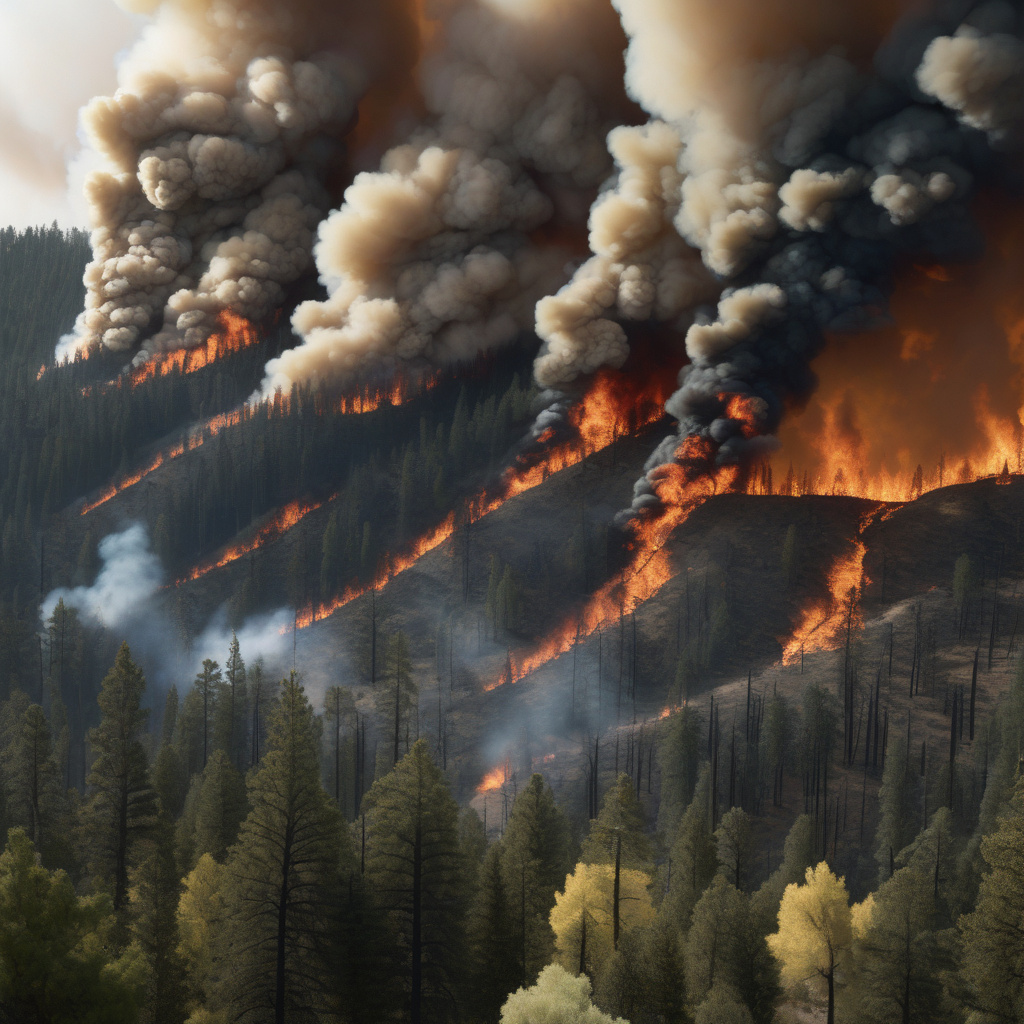Wildfire Smoke: The Silent Killer Revealed
Researchers are now assessing the mortality impacts of wildfire smoke, as it contains pollutants like carbon monoxide, particulate matter, and volatile organic compounds. According to a new study, the dangers of wildfire smoke may be far more severe than previously believed, with the potential to be 14 times more deadly than initially thought.
The impact of wildfire smoke on public health has long been a concern, particularly in regions prone to wildfires. However, the extent of its lethality has been underestimated until now. The study, conducted by a team of researchers analyzing data from areas affected by recent wildfires, found that exposure to wildfire smoke can have significant consequences for human health.
One of the key findings of the study is the discovery of a strong correlation between exposure to wildfire smoke and an increase in mortality rates. The pollutants present in the smoke, such as carbon monoxide and particulate matter, can penetrate deep into the lungs and enter the bloodstream, leading to a range of health issues. These include respiratory problems, cardiovascular diseases, and even premature death.
Furthermore, the study highlights the long-term effects of exposure to wildfire smoke. Even after the fires have been extinguished, the pollutants can linger in the air and continue to pose a threat to public health. This underscores the need for improved monitoring and mitigation strategies to protect communities from the harmful effects of wildfire smoke.
In light of these findings, there is a growing urgency for policymakers to take action to address the risks associated with wildfire smoke. This includes investing in early warning systems to alert the public to dangerous levels of air pollution, as well as implementing measures to reduce the frequency and intensity of wildfires.
Additionally, individuals can take steps to protect themselves from the harmful effects of wildfire smoke. This includes staying indoors during periods of poor air quality, using air purifiers to filter out pollutants, and wearing masks designed to block harmful particles.
As our understanding of the dangers of wildfire smoke continues to evolve, it is clear that urgent action is needed to address this growing public health crisis. By raising awareness of the risks and implementing effective strategies to mitigate them, we can protect communities from the silent killer that is wildfire smoke.
In conclusion, the new study revealing the heightened lethality of wildfire smoke serves as a stark reminder of the urgent need to address this pressing issue. With the right interventions and public awareness, we can work towards minimizing the impact of wildfire smoke on public health and creating a safer environment for all.
wildfire smoke, mortality impacts, public health, pollutants, air pollution












